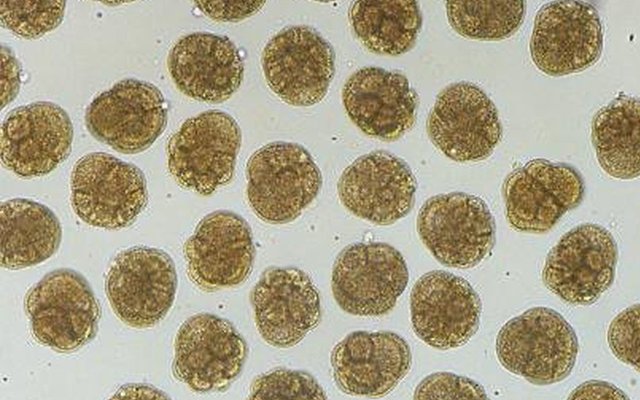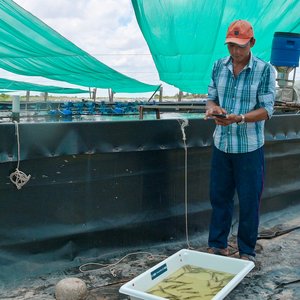Several of New Zealand’s largest commercial mussel producers worked together with Cawthron Institute to help optimize their operations and enhance their product. Establishing a reliable method of cryopreservation for mussel larvae would be a valuable tool that supported their operations and an important global scientific breakthrough.
Cryopreservation can be a useful tool for breeding programs because it provides a backup of germplasm for breeders to go back to, should breeding stocks be lost for any reason (e.g. severe weather events) or should breeding objectives change (e.g. selection for resilience to emerging diseases). Cryopreservation can also be used to create reference lines that can provide a benchmark between different cohorts and measure true genetic gain.
Cawthron Institute researchers and collaborators at the Spanish University of Vigo set out to develop a reliable protocol for freezing veliger larvae of GreenshellTM mussels. Using the developed protocol, over 50% of previously cryopreserved D-larvae were able to survive after four days of rearing, compared with 65% in the unfrozen control. More importantly, about one-third of thawed larvae were able to swim and feed and potentially develop further into adulthood. These findings are encouraging and demonstrate that this protocol could be routinely implemented during a breeding run by freezing left-over larvae from a given family. This would provide a back-up of material year-round should breeding stocks be lost due to disease or severe weather events, as well as the creation of reference lines.
While there is still work to be done to ensure cryopreservation can form an integral part of selective breeding programs for the species, the findings of this study represent a significant step forward.
Check out the protocol here.













